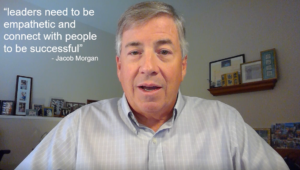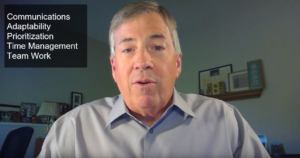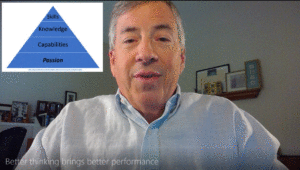What does “back to work” really mean?
What if returning to the office isn’t an option for you right now? From family to personal needs what does it mean if you are the leader of a  team returning to the office and you can’t join them? In this video we look at the personal process to consider and the role you can lead with to redefine what work is creating the opportunity to build trust and create a culture that values the work being done more than the chair being sat in. Going back to work is going to be different for every person and this video highlights how this can be a positive process.
team returning to the office and you can’t join them? In this video we look at the personal process to consider and the role you can lead with to redefine what work is creating the opportunity to build trust and create a culture that values the work being done more than the chair being sat in. Going back to work is going to be different for every person and this video highlights how this can be a positive process.
Check out the video and see how we can begin this process by realizing that how and where we work is changing but our shared purpose will keep us aligned and allow us to remain productive independent of time and place. I would enjoy talking more with you about how we can partner on identifying ways to strategically develop your team so let’s Zoom or send me an email, let’s keep learning together! Use the contact button above or visit our web site!









